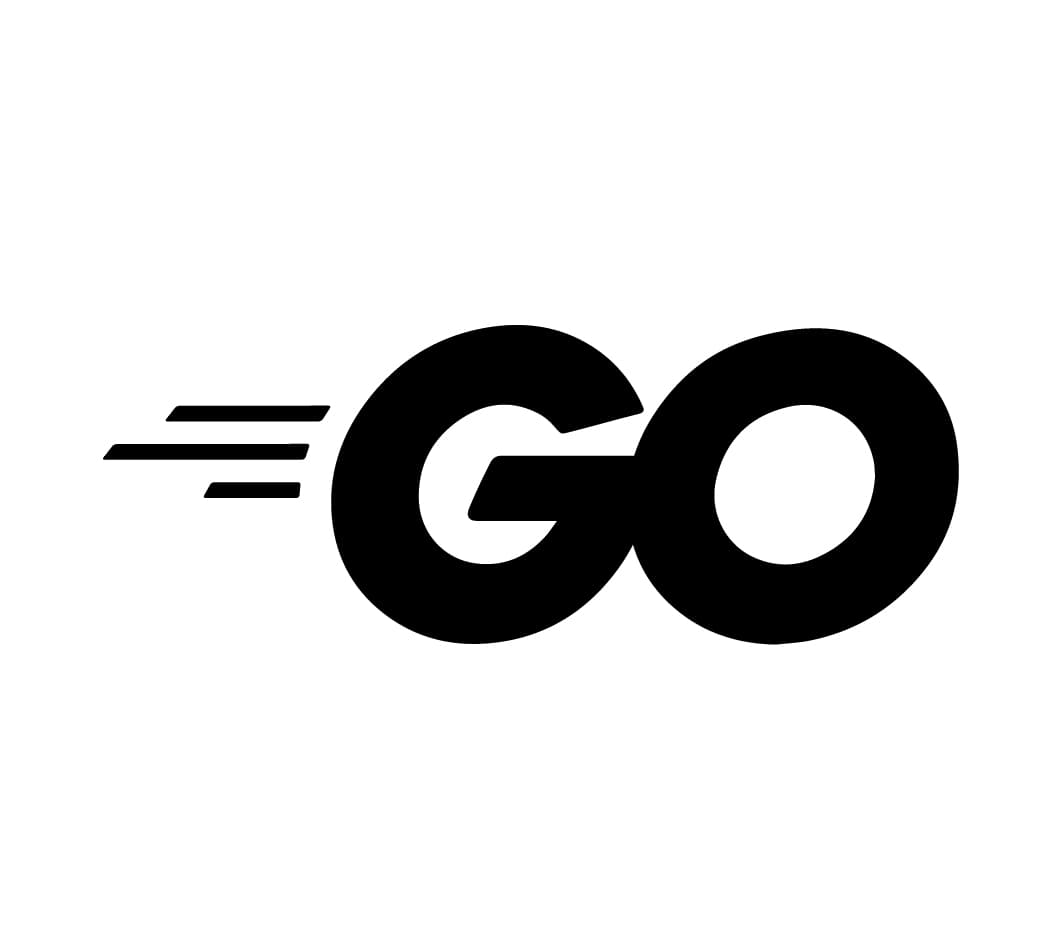Go Tools Overview
The Go programming language comes with a suite of tools that simplifies the process of developing, testing, and deploying Go applications. Understanding these tools is crucial for any Go programmer, as they facilitate tasks ranging from managing dependencies to compiling and running code. This tutorial provides an overview of the most essential Go tools.
Tools Included in the Go Distribution
- go: The primary command-line tool for managing Go code.
- gofmt: A tool for formatting Go source code.
- godoc: A documentation server that extracts and displays documentation from Go source code.
- golint: A linter for Go code, providing style advice.
- go tool pprof: A profiler for Go programs.
- go test: A testing tool.
The go Command
The go command is a versatile tool that offers several subcommands to manage Go code. Here’s a breakdown of the most commonly used subcommands:
go build
The go build command compiles the packages and dependencies but does not install the results. Use it when you want to compile your code without creating an executable file in the $GOPATH/bin directory.
go build <package-name>Example:
go build myprojectgo run
The go run command compiles and runs your Go program in a single step, useful for quickly testing your code.
go run <filename.go>Example:
go run main.gogo get
The go get command downloads and installs dependencies for your Go project. It fetches packages from the Go module’s repository.
go get <repository-url>Example:
go get github.com/gorilla/muxgo test
The go test command automates the testing process. It searches for _test.go files and automatically runs the tests contained within them.
go test <package-name>Example:
go test ./...go fmt
The go fmt command formats your code according to the Go language standards. It ensures code consistency and readability.
go fmt <filename.go>Example:
go fmt main.gogo install
The go install command compiles and installs the packages or commands, placing the resulting binary in the $GOPATH/bin directory.
go install <package-name>Example:
go install myproject
#### go clean
The `go clean` command removes object files and caches that are left over from building your project.bash
go clean
#### go mod
The `go mod` command is used for managing Go modules, which are collections of related Go packages.bash
go mod init # Initialize a new module
go mod tidy # Add missing and remove unused dependencies
go mod vendor # Create a vendor directory with module dependencies
### The `gofmt` Tool
`gofmt` is used to format Go source code. It ensures that your code adheres to standard Go conventions and improves readability.bash
gofmt -w # Format the file and write the result to the original file
Example:bash
gofmt -w main.go
### The `godoc` Tool
`godoc` extracts and displays documentation for Go programs. You can either browse documentation locally using a web server or directly view it in the terminal.bash
godoc -http=:6060 # Start a local documentation server at port 6060
godoc fmt # View documentation for the ‘fmt’ package in the terminal
### The `golint` Tool
`golint` is a linter for Go source code, providing stylistic advice. It helps in maintaining aligned code style across your codebase.bash
golint
Example:bash
golint ./…
### The `go tool pprof` Tool
`pprof` is a profiler for Go programs, used to analyze performance.bash
go tool pprof
Example:bash
go tool pprof cpu.prof
“`
Conclusion
Familiarity with these tools will make your Go development experience more productive and efficient. Regular use of these commands for building, formatting, documenting, and testing will help maintain high-quality code and streamline your development workflow. For more detailed information, refer to the official Go documentation: https://go.dev/doc/.






